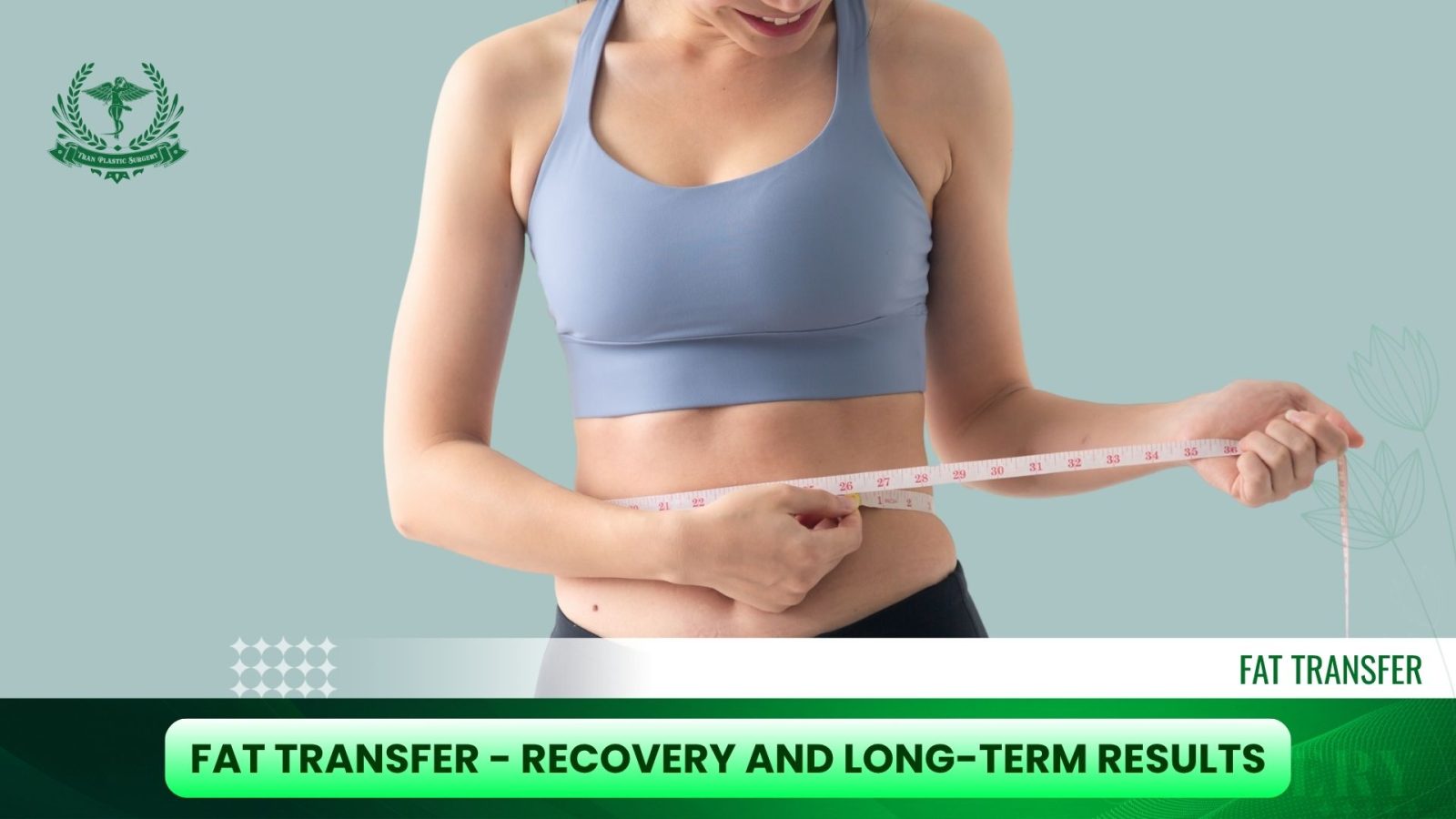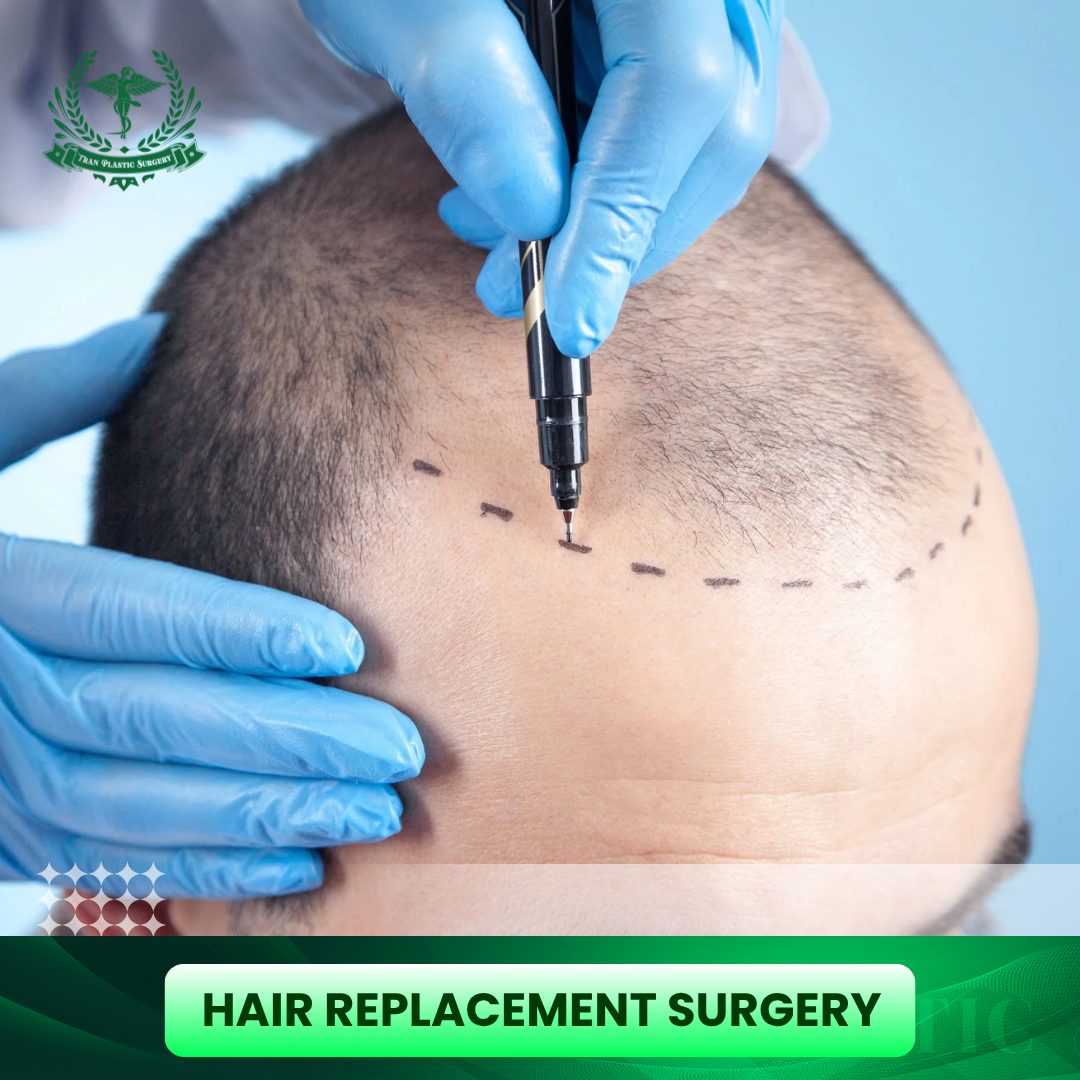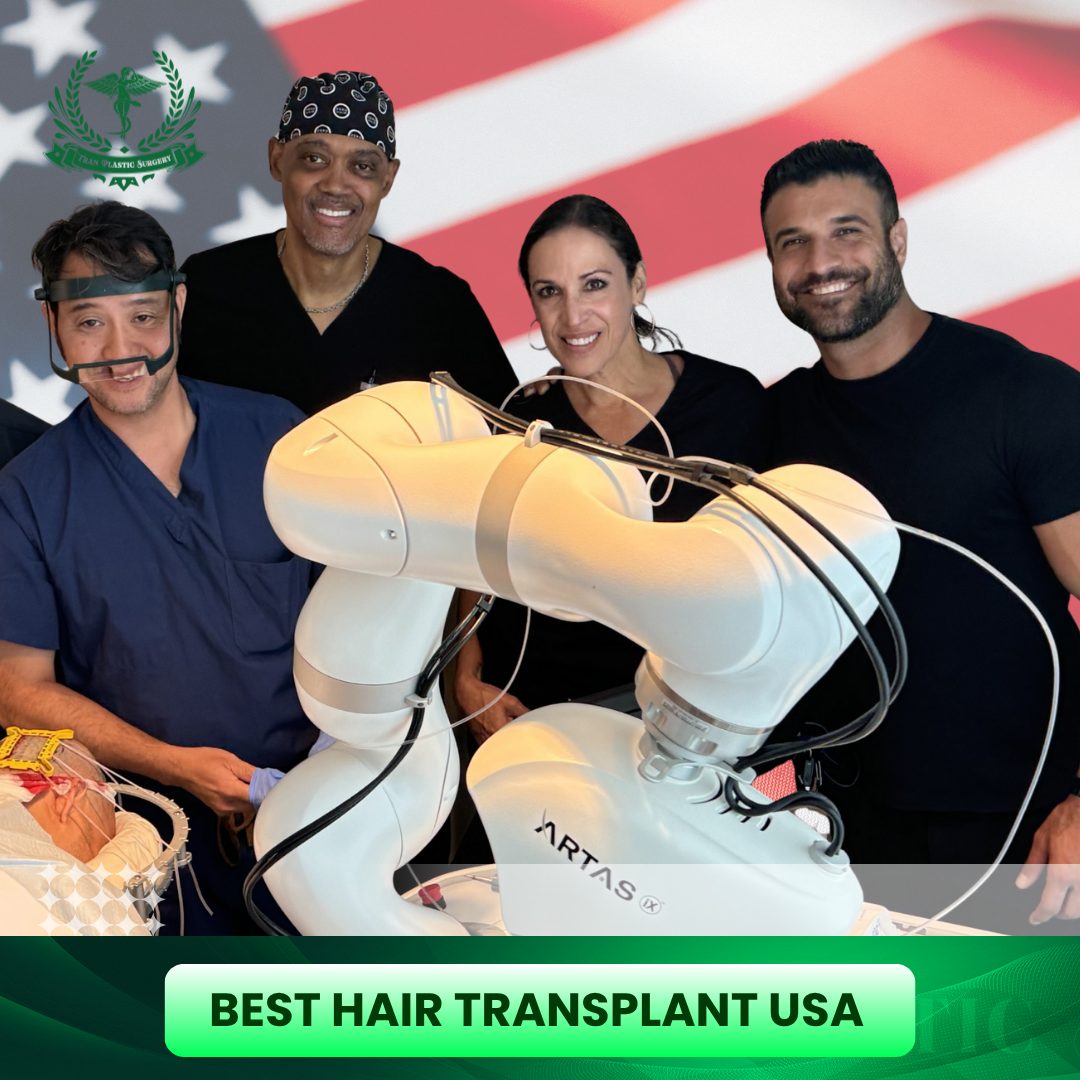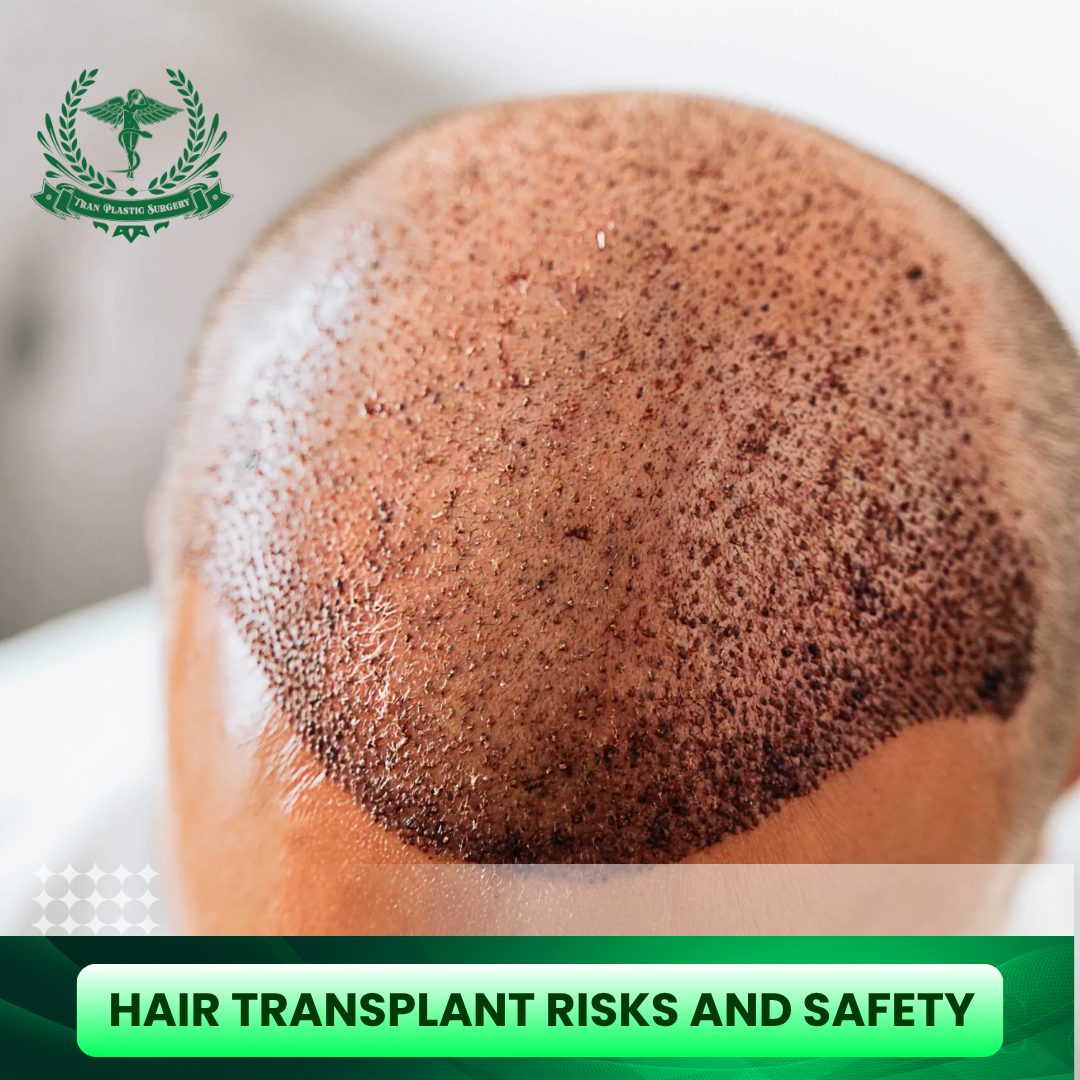Are you looking to diminish unwanted bulk in one area while enhancing volume and contour in another? The answer lies in fat transfer, or fat grafting. This innovative technique is a dual-action procedure: it first removes excess fatty tissue from areas where it’s not wanted (like the stomach, hips, or thighs) and then strategically purifies and redistributes that fat to restore beautiful, natural volume to the face, breasts, or buttocks. It’s the ultimate method for improving the appearance of two areas simultaneously, yielding subtle, yet impactful results.
Table of Contents
ToggleKey Benefits of Fat Transfer
The growing popularity of fat transfer is due to the beautiful, natural, and long-lasting results it produces. The primary benefits of fat transfer include:
- Dual Body Contouring: Simultaneous removal of undesirable fat deposits (slimming the donor site) and restoration of volume (enhancing the target site).
- Natural Enhancement: Using your body’s own tissue eliminates the risk of allergic reaction and produces subtle, natural-looking results in the bust, buttocks, or face.
- Tightening and Definition: Utilizing advanced techniques like 4D VASER® liposculpting (an ultrasonic-assisted liposuction method) provides both efficient fat removal and noticeable skin tightening at the treatment sites, achieving better definition.
- Permanent Volume: Grafts that successfully establish a new blood supply become permanent, offering exceptionally durable results over time.
- Minimally Invasive: The procedure requires only small incisions for the initial liposuction and subsequent fat injection, translating to minimal downtime.
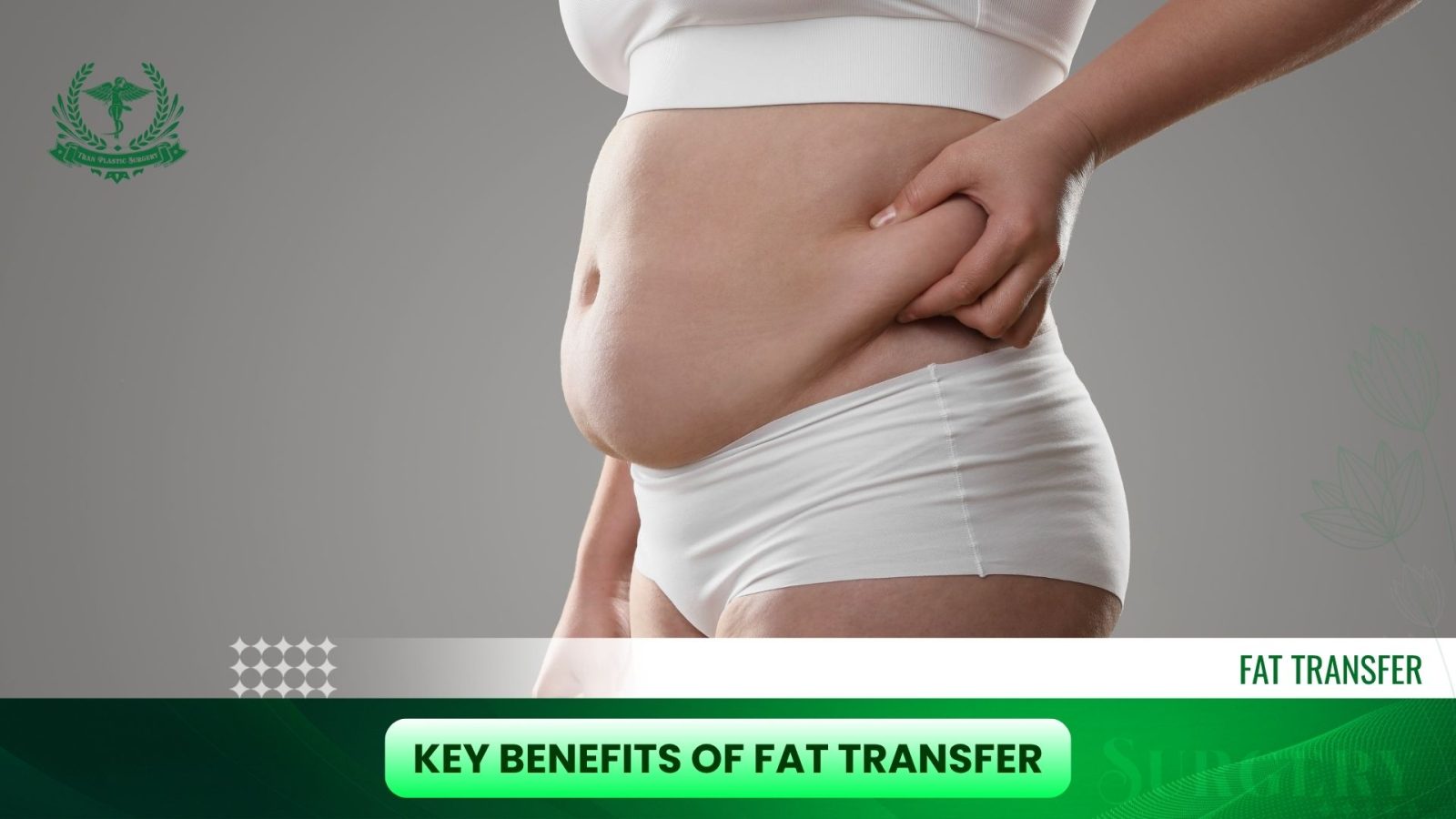
The Fat Transfer Procedure: From Harvest to Enhancement
The fat transfer procedure is highly versatile, able to restore volume lost due to aging, smooth out depressions caused by trauma, or simply enhance the natural curves of the body.
1. Harvesting the Fat (Liposuction)
The first step in any fat transfer procedure is harvesting the tissue. Common sites that are considered excellent donor areas include the abdomen, thighs, and hips. These “problem areas” often contain plentiful pockets of fat necessary for successful grafting.
During this stage, the fat is gently removed from the harvest sites through small, strategically placed incisions. Dr. Tuan Tran often utilizes 4D VASER® liposculpting to gently emulsify the fat before removal, which helps preserve the fat cells and allows for precise contouring of the donor area for a slimmer, more aesthetically-pleasing silhouette.
2. Purification and Grafting
Once the fat has been harvested, it undergoes a meticulous purification process. The goal is to separate pure fat cells from blood, damaged cells, and infiltration fluid. This careful preparation is critical, as it gives the viable fat cells the best possible chance for survival once they are placed in their new location.
The purified fat grafting material is then injected into the target area through very fine cannulas, making the injection process minimally invasive. Areas often treated include:
- Buttocks: For enhancing volume, refining roundness, and achieving an hourglass figure.
- Face: For filling in deep wrinkles, smoothing facial folds, and restoring lost natural volume due to aging.
- Breasts/Stomach: For smoothing out irregularities or depressions caused by trauma or prior surgery.
- Other areas: Including depressed scars.
Because not all injected fat cells will survive and establish a blood supply, the surgeon will often slightly overfill treated areas. This accounts for the expected re-absorption of some cells by the body, ensuring the permanent, final volume gained is consistent with the patient’s expectations.
Is Fat Transfer Right for You?
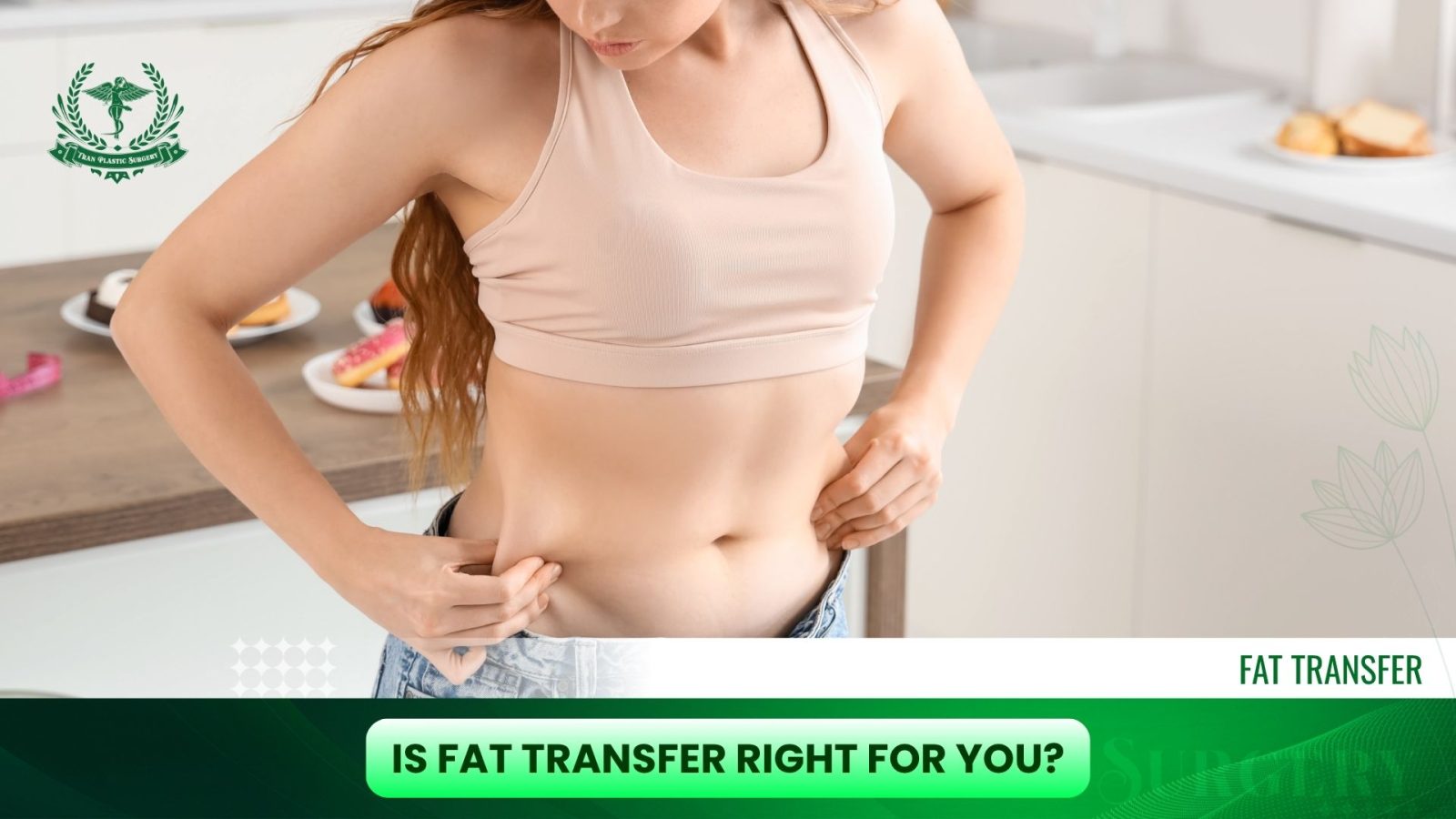
While fat transfer produces beautiful results for many, it is not the right option for everyone.
1. Ideal Fat Transfer Candidates
Ideal fat transfer candidates are people who:
- Wish to add subtle, natural volume to one or more areas of the body or rejuvenate the aging face.
- Are in general good health for safety reasons.
- Have enough excess fat available in donor sites (abdomen, thighs, hips) to be used for the desired transfer volume. Larger augmentations, such as for the buttocks, require more fat.
- Maintain realistic expectations for the procedure’s outcomes and understand that final results appear gradually.
2. The Fat Transfer Consultation
If you are interested in improving your body contour with fat transfer at our Atlanta, Georgia facility, your consultation is the vital first step. You will discuss your aesthetic goals, allowing your doctor to determine if fat transfer surgery or another procedure will best achieve the results you are looking for. You can ask any questions you may have about the surgery, recovery, risks, and the long-term results of the fat grafting process.
Recovery and Long-Term Results
Because the only incisions involved are small punctures from the liposuction (fat harvest) phase, the recovery period for fat transfer is relatively brief.
- Downtime: Patients can expect to take about a week off to rest and heal, returning to normal activities quickly.
- Post-Procedure: Bruising, swelling, and discomfort are normal, but pain can be managed with medication and typically subsides within a few days.
- Results: Results appear gradually over several months as initial swelling diminishes and the grafted fat cells successfully establish themselves. Patients can expect to see final results after about 6 months. The fat that survives is considered permanent, though the volume will change if the patient experiences significant weight gain or loss.
